
Pompentoren, Ichtegem
The Pompentoren has been transformed into a lookout tower, where architecture, landscape, and water history converge.
read more
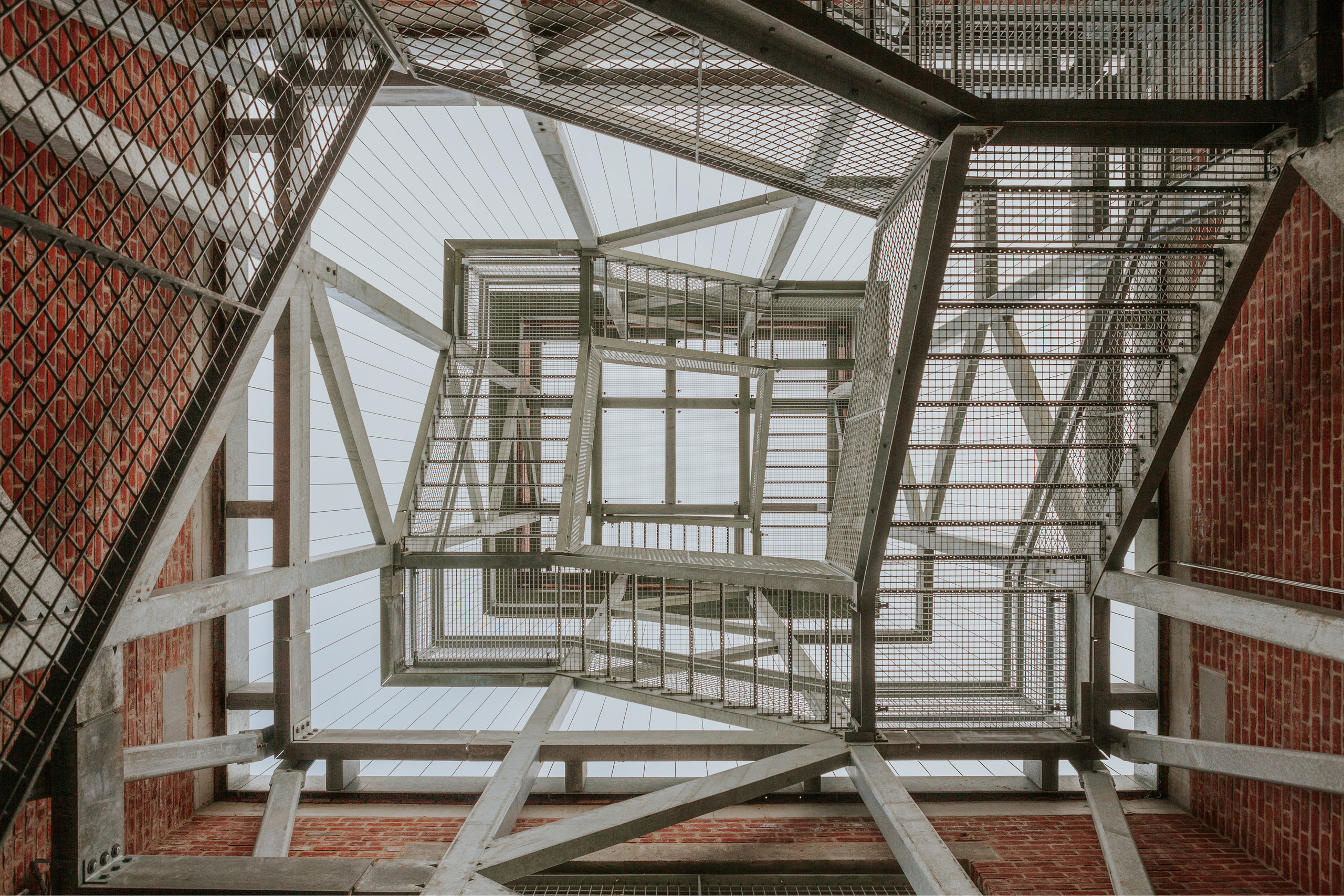
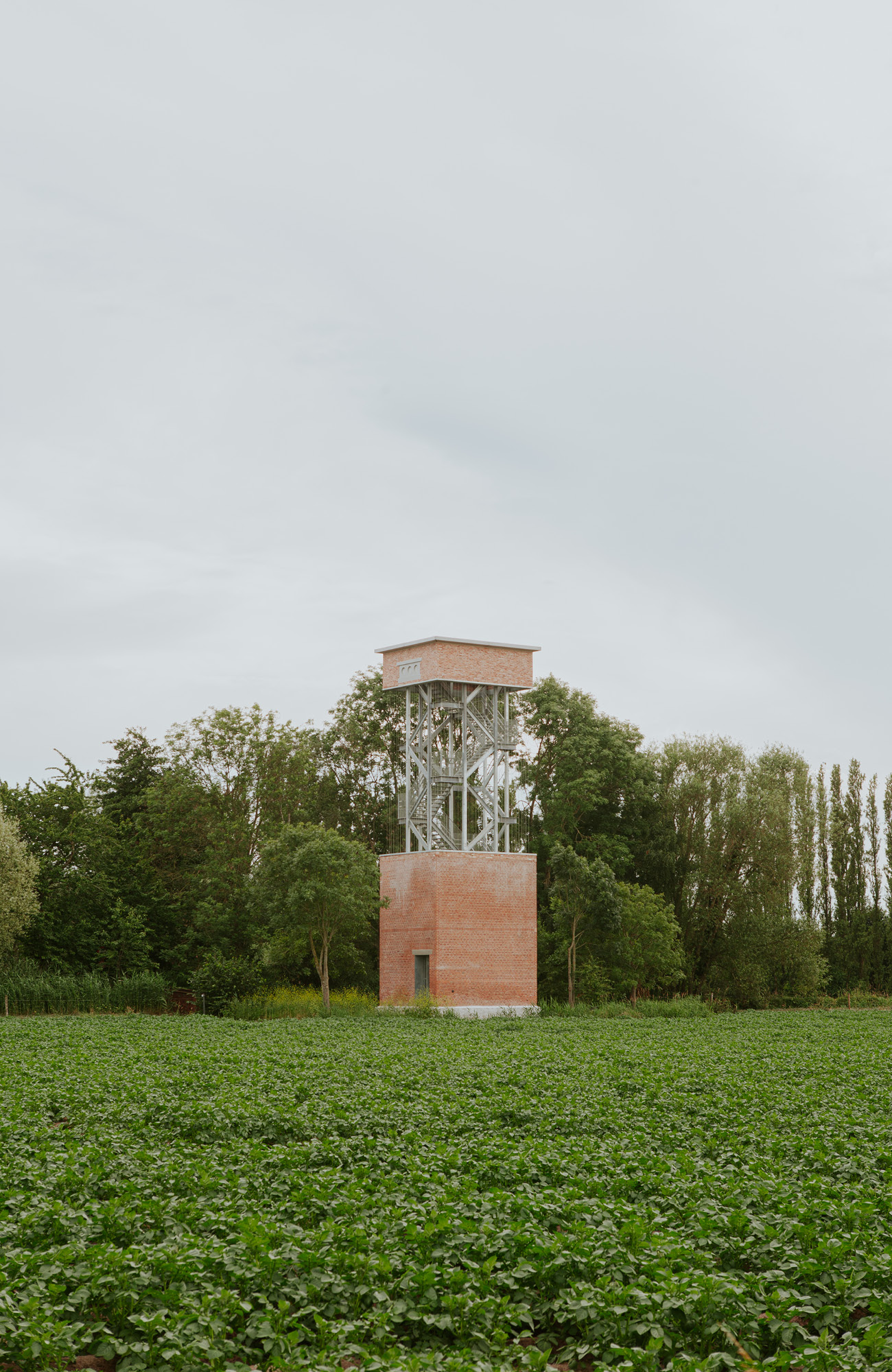

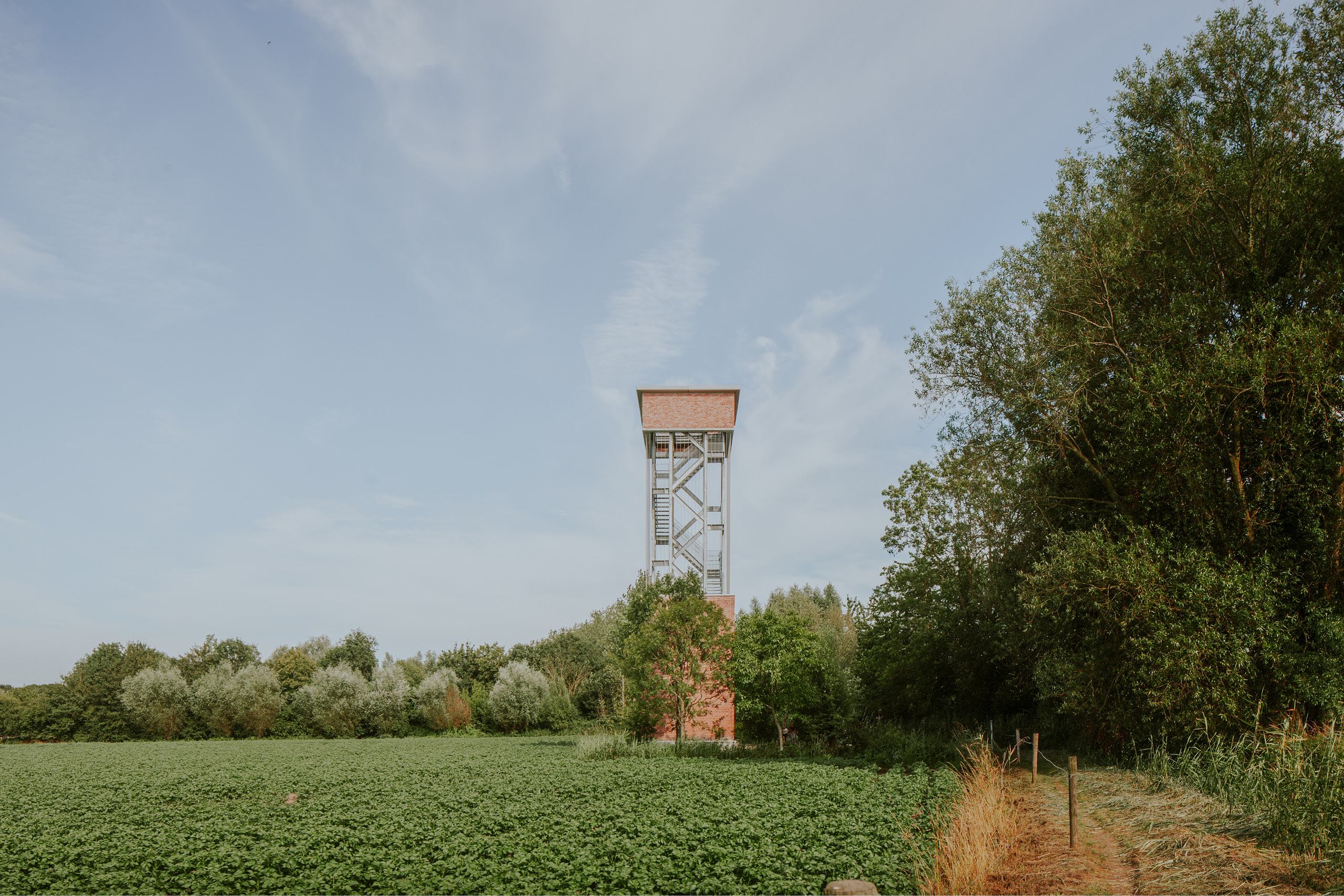
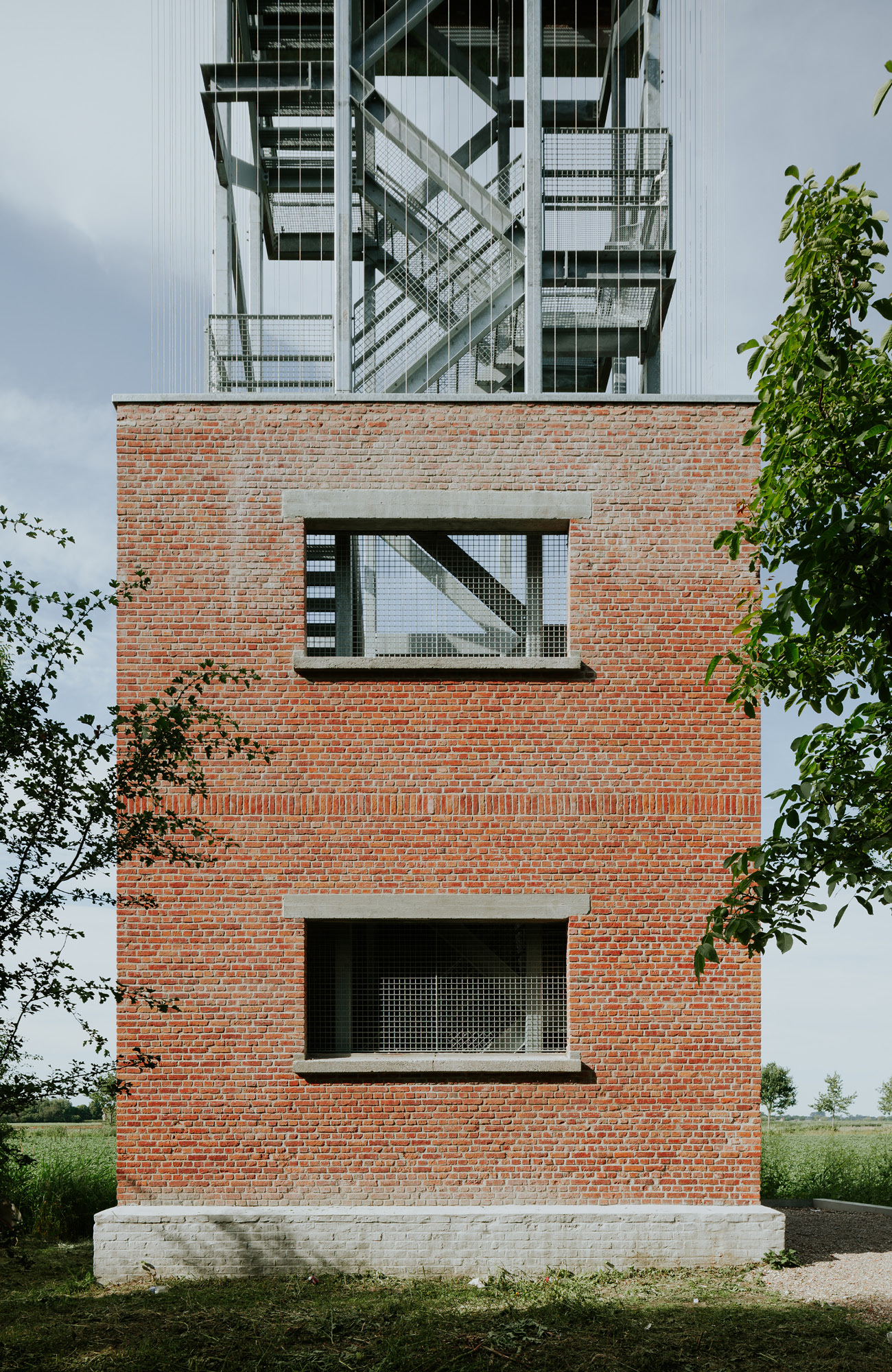
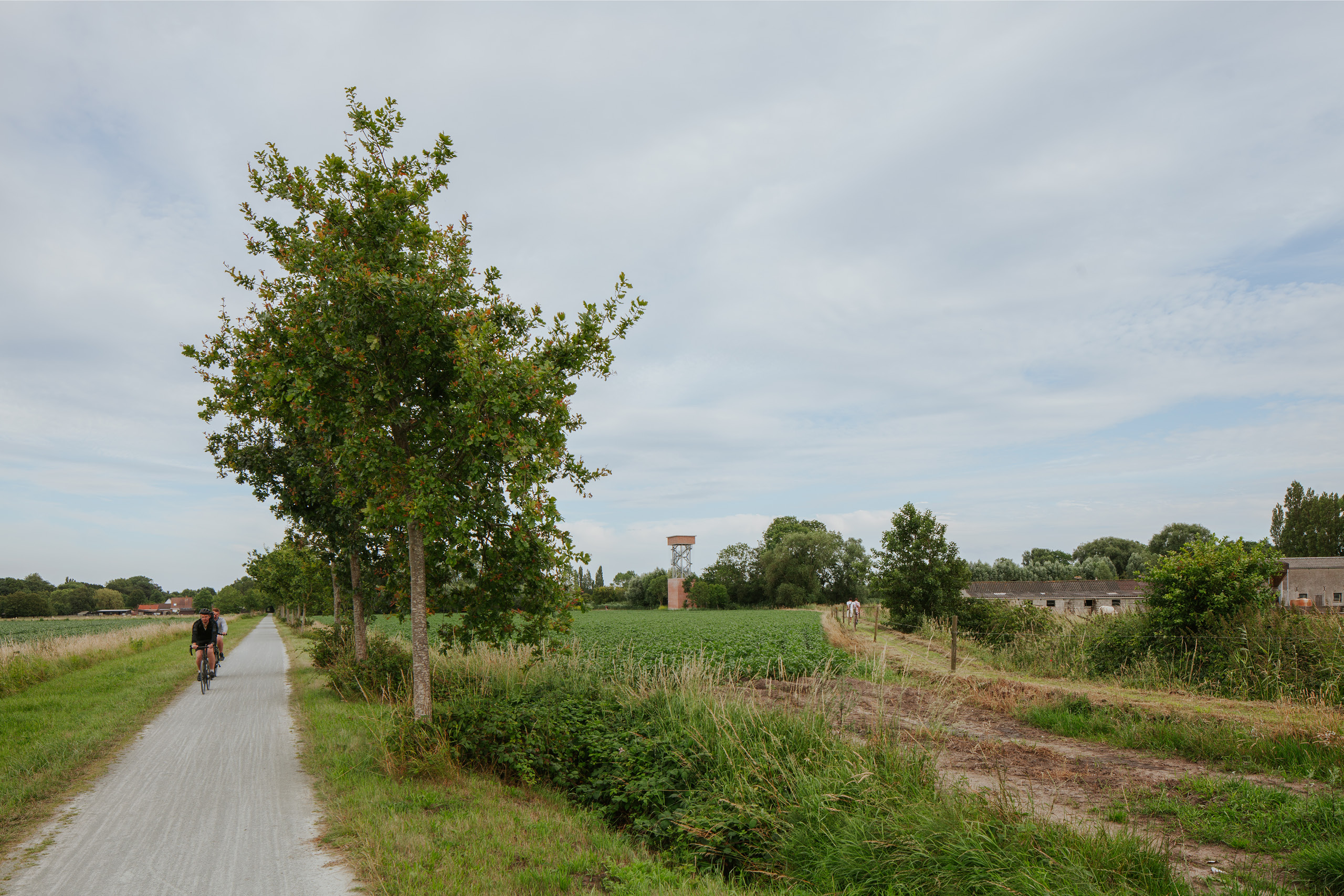
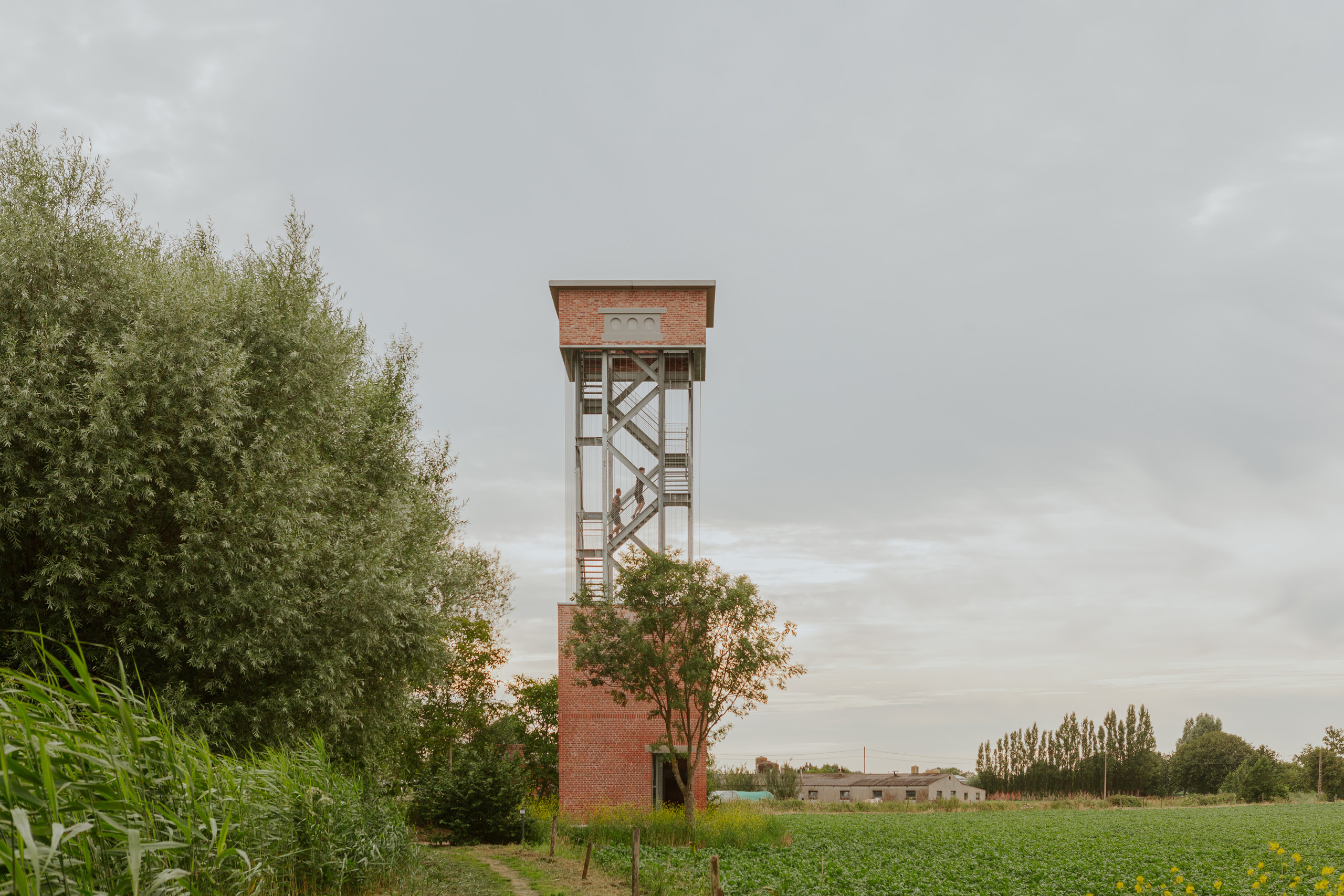
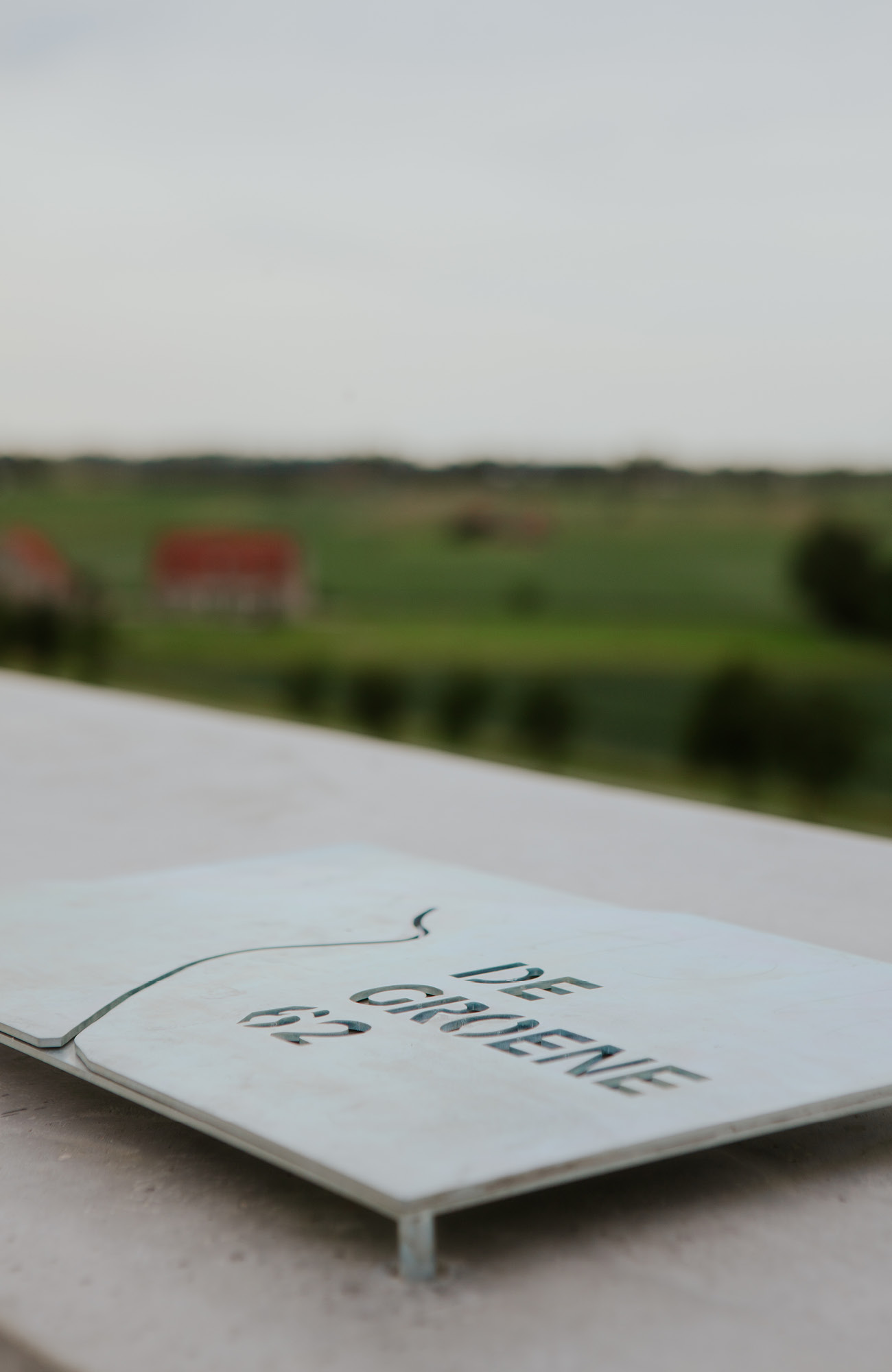
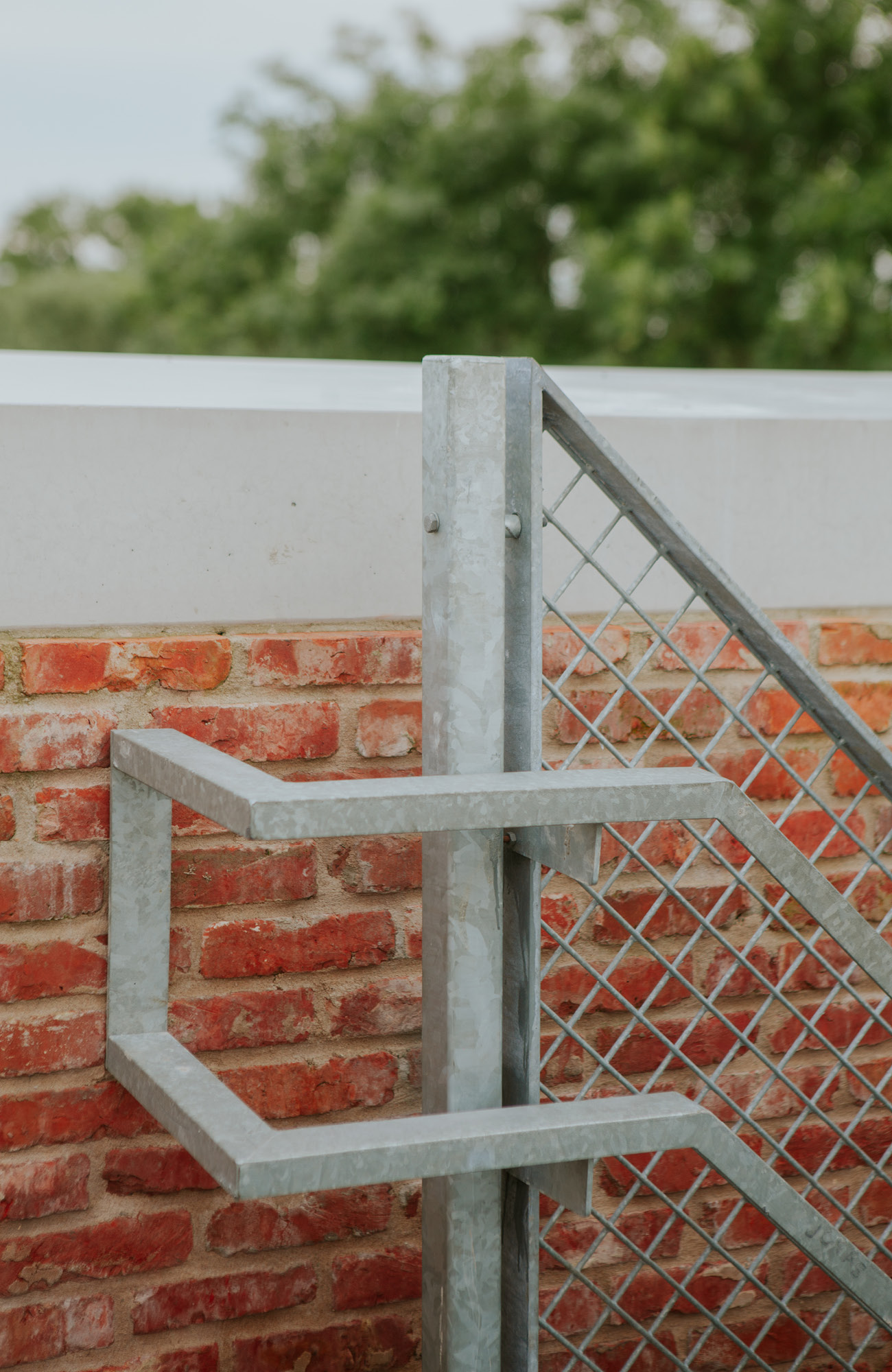
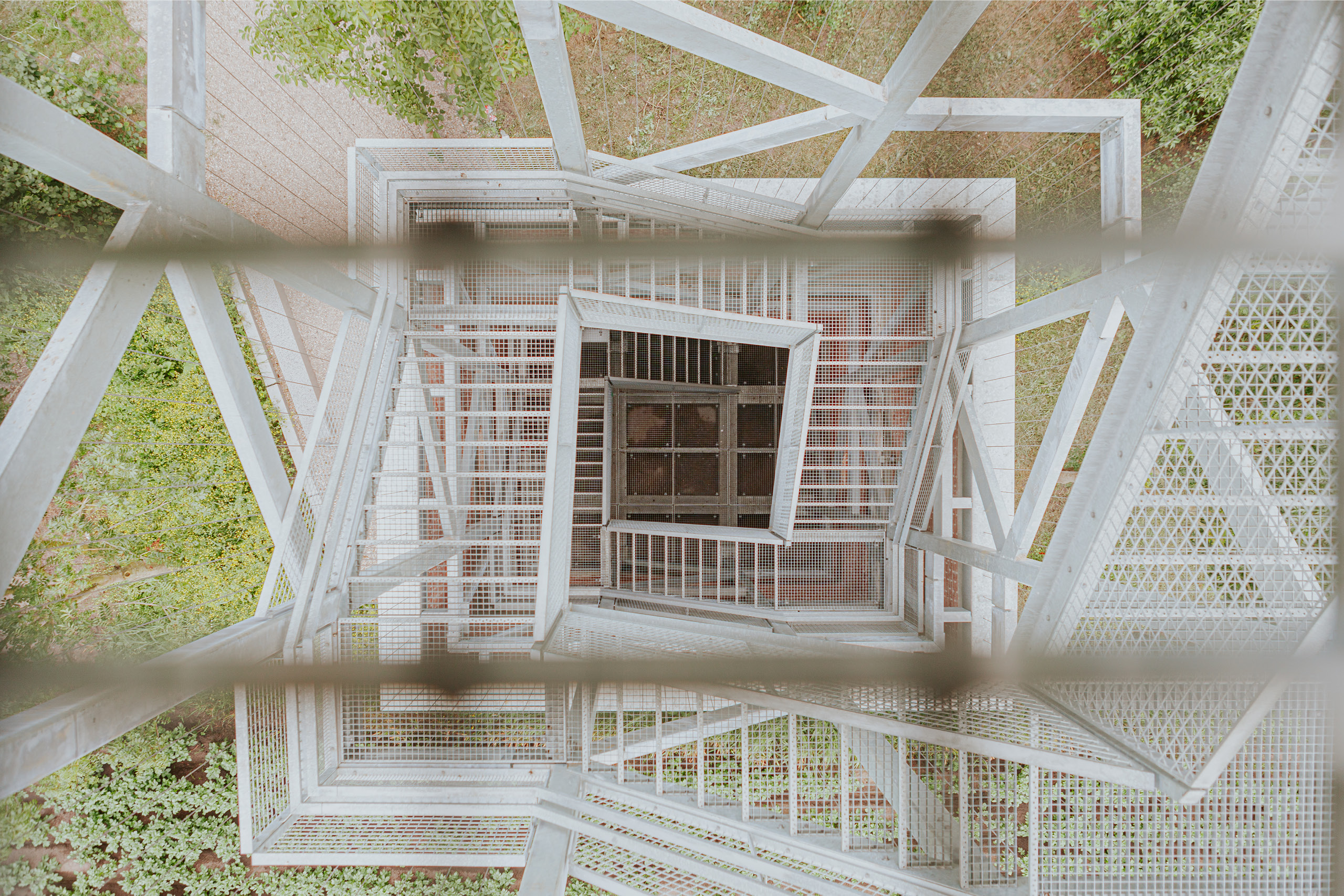
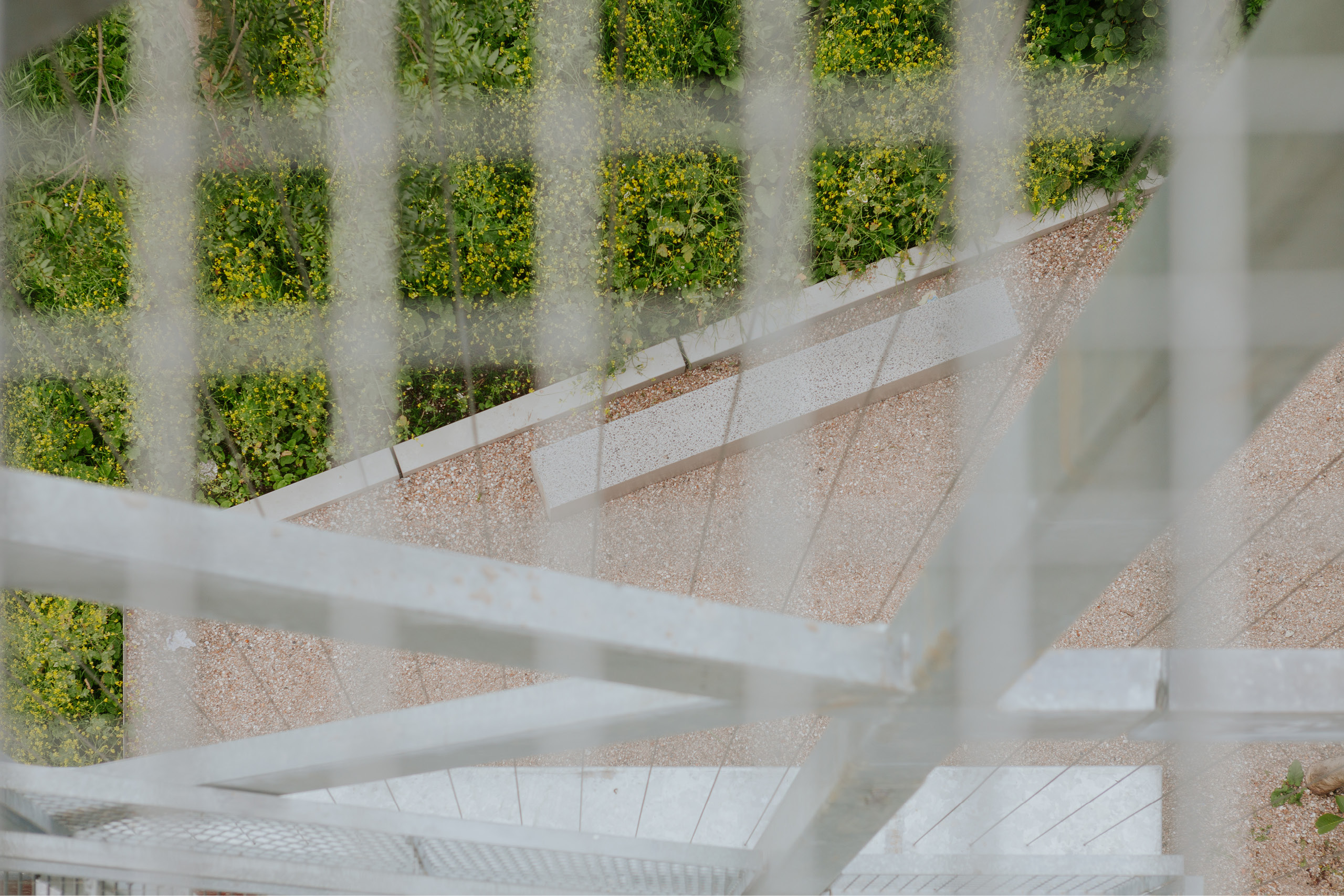
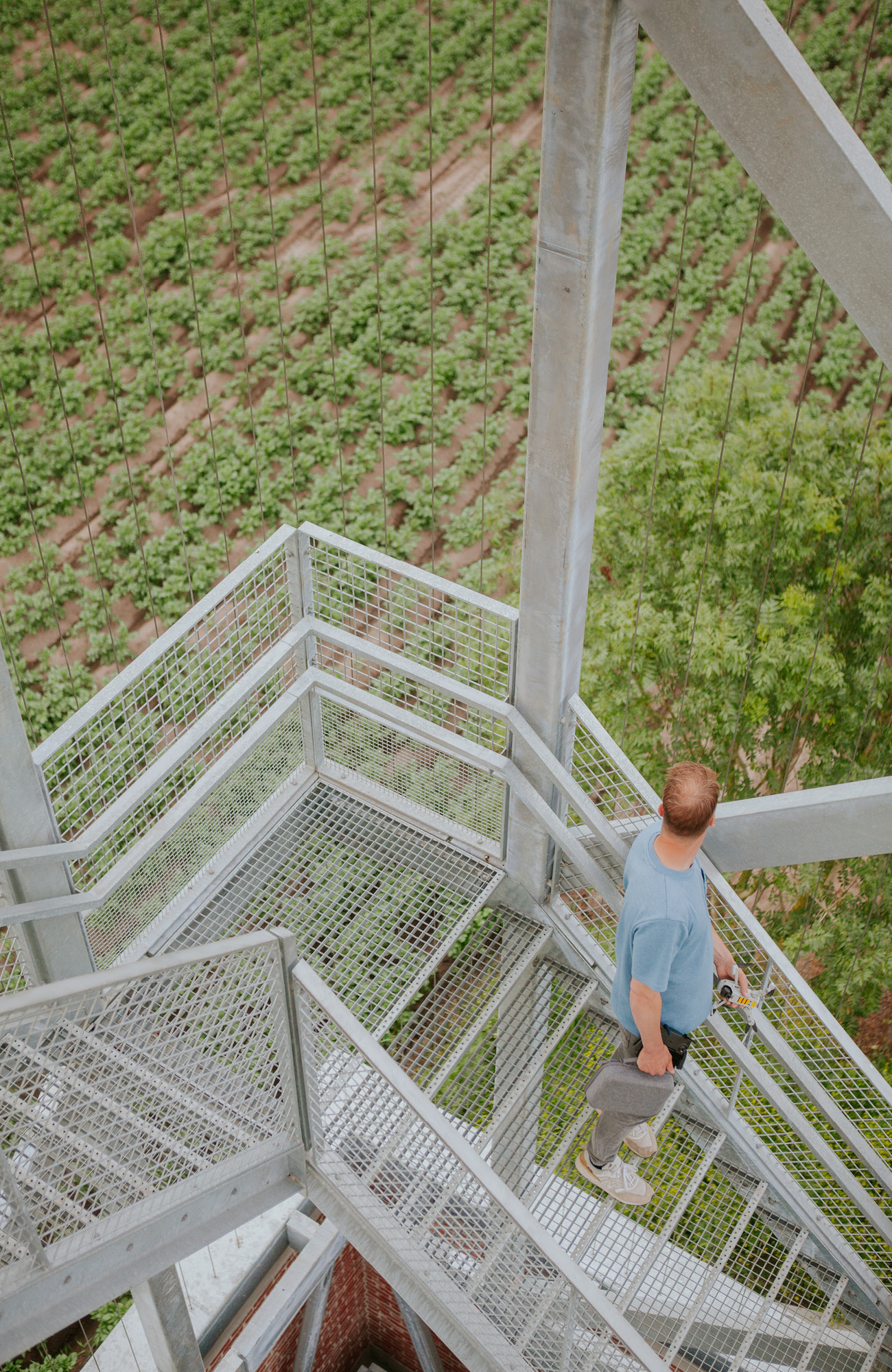
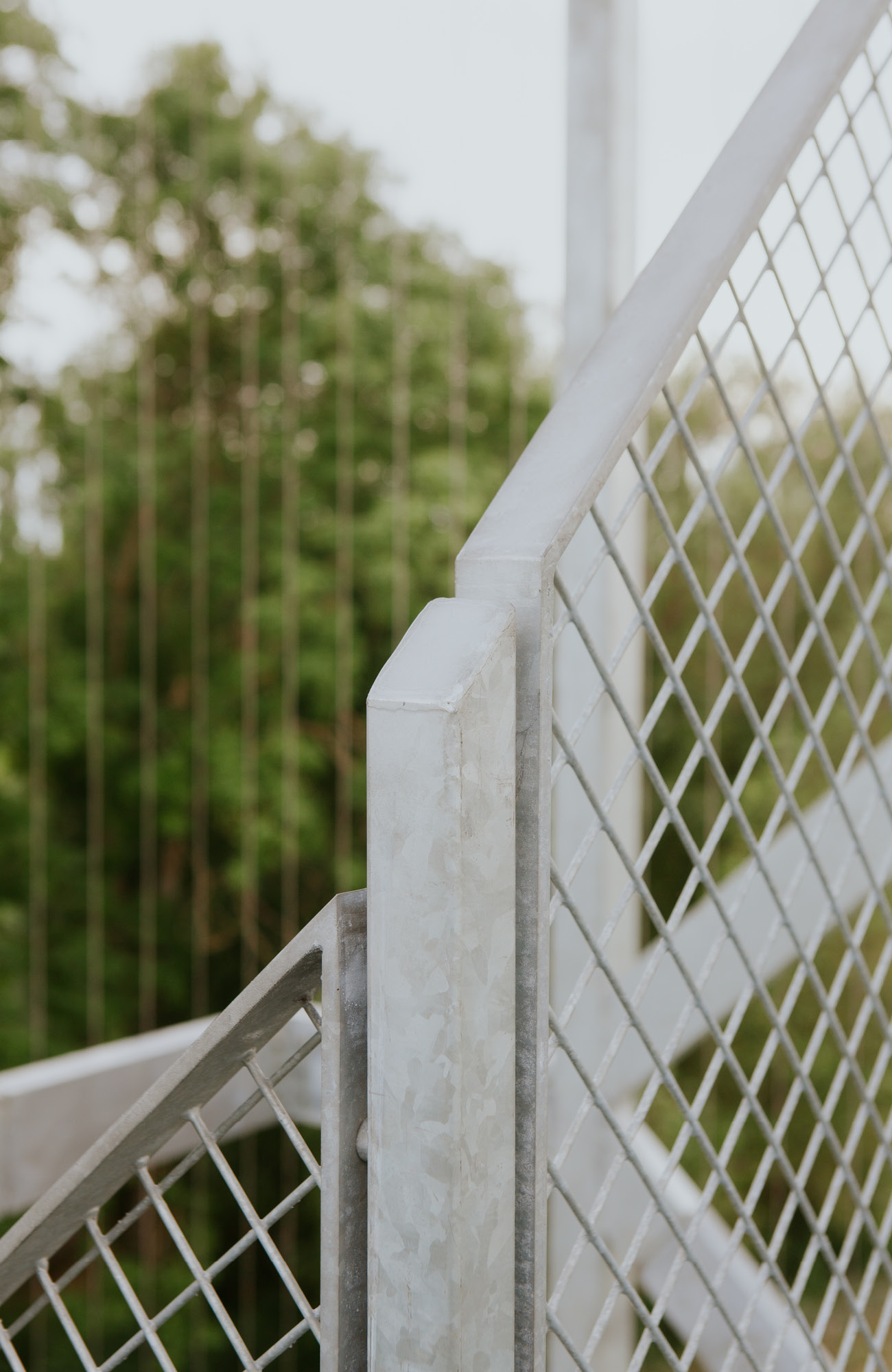
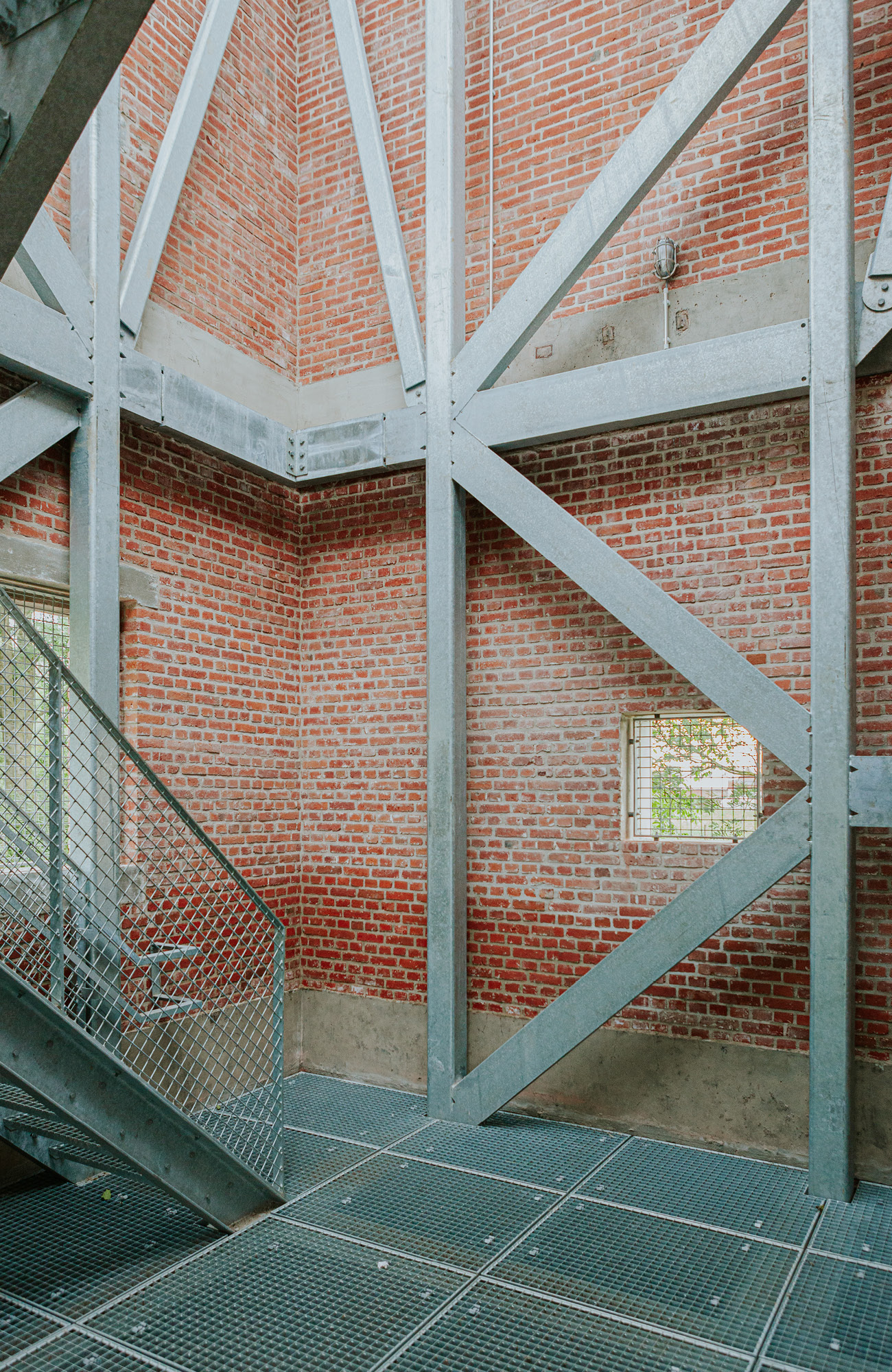
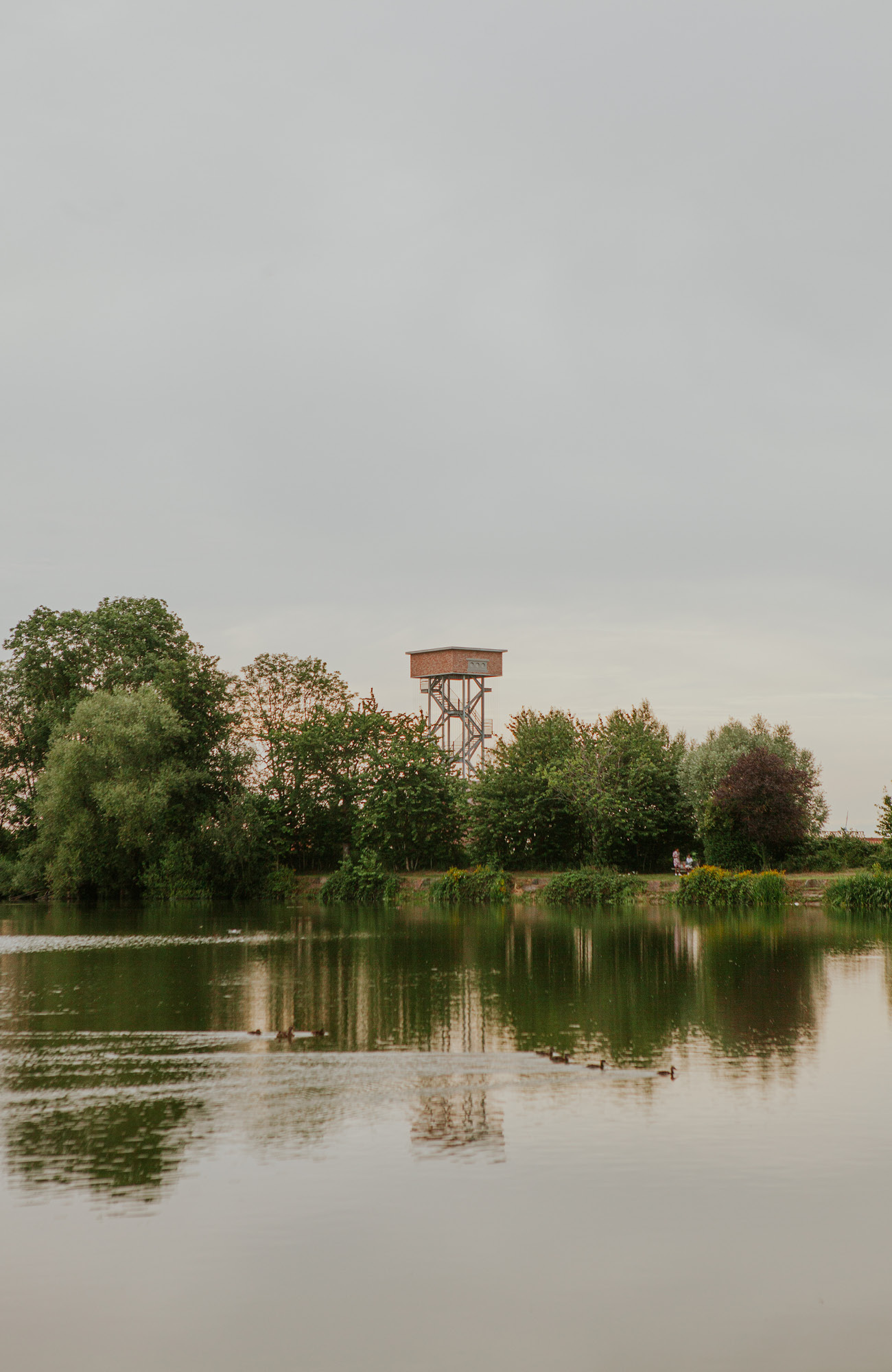
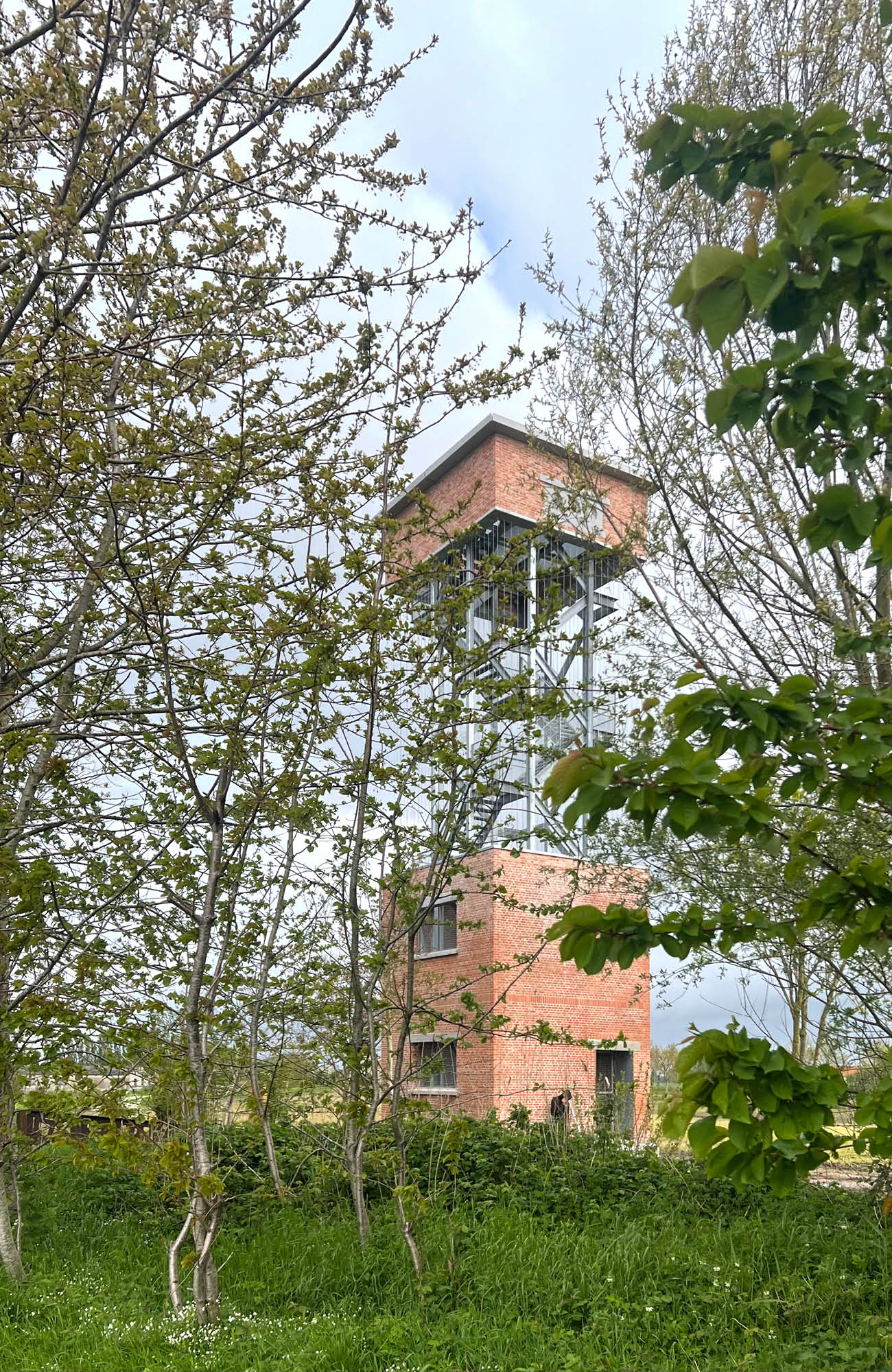
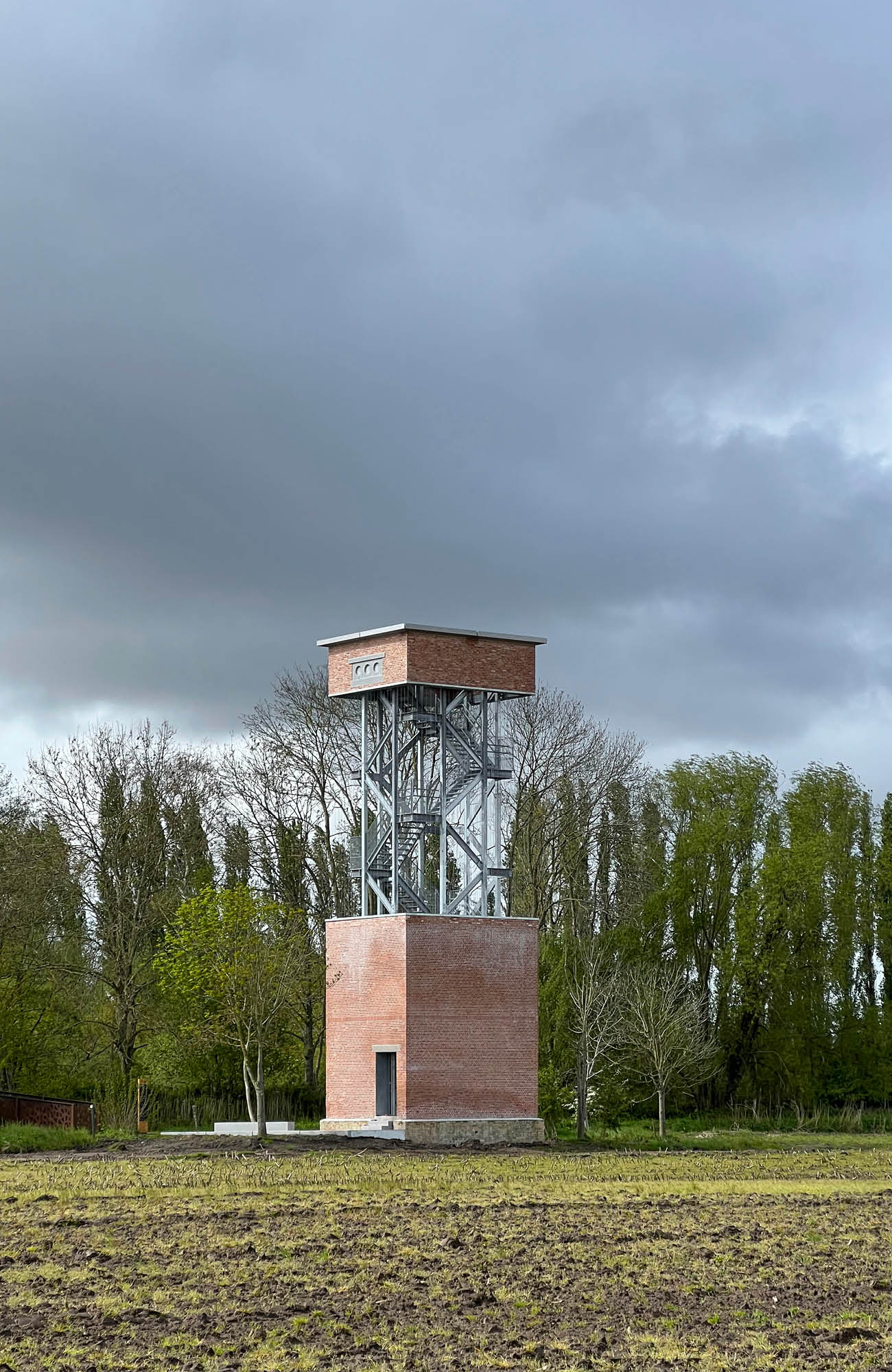
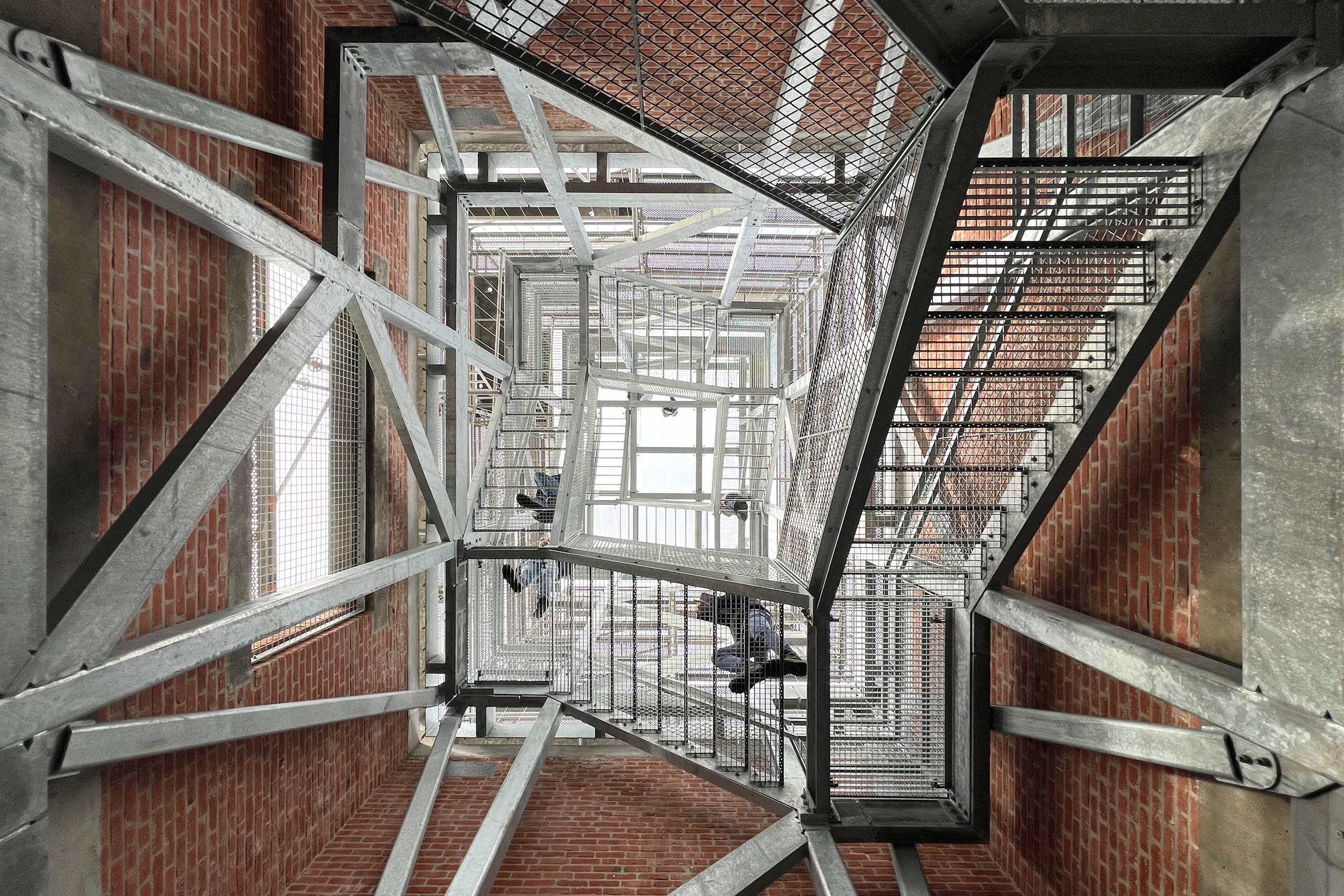
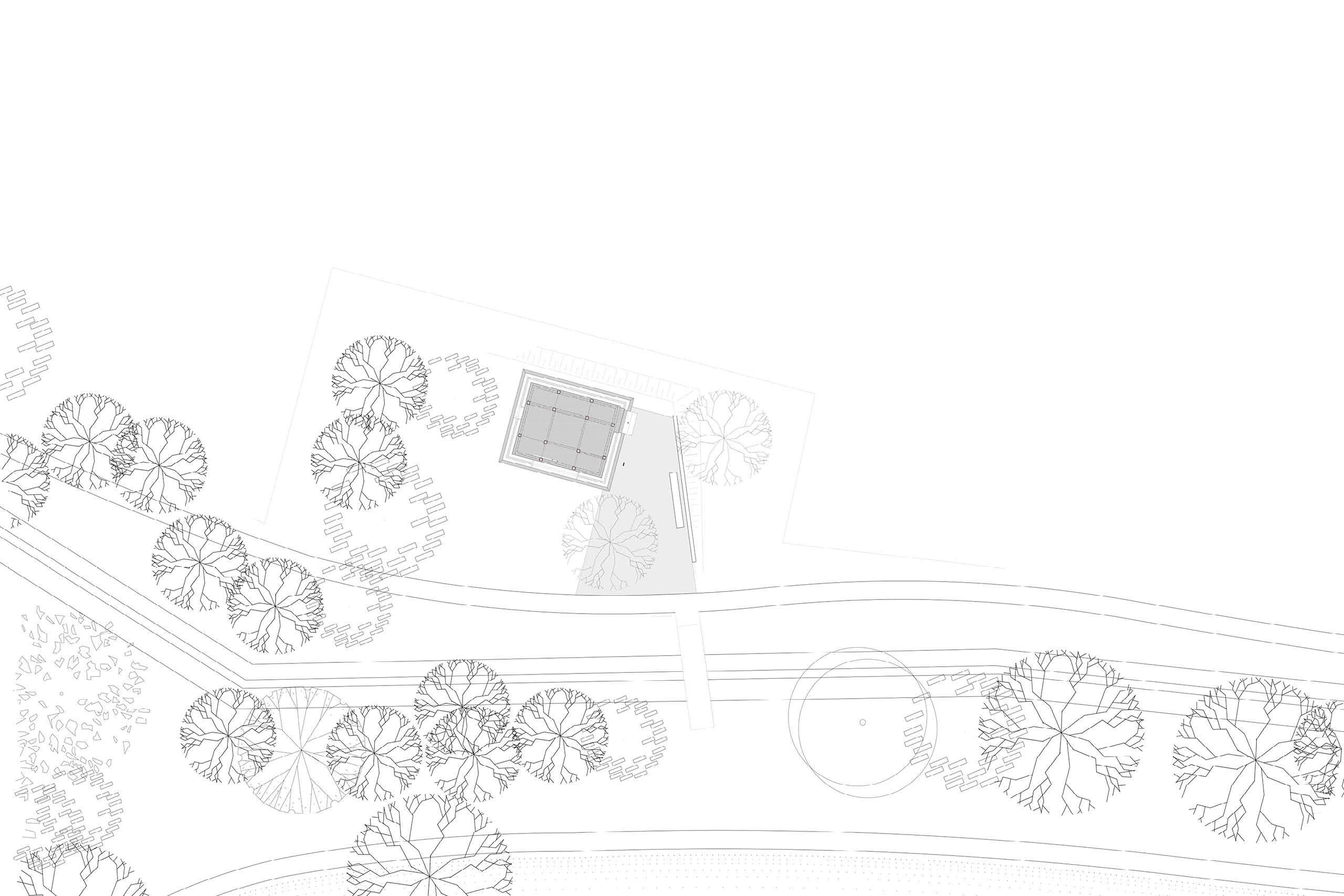
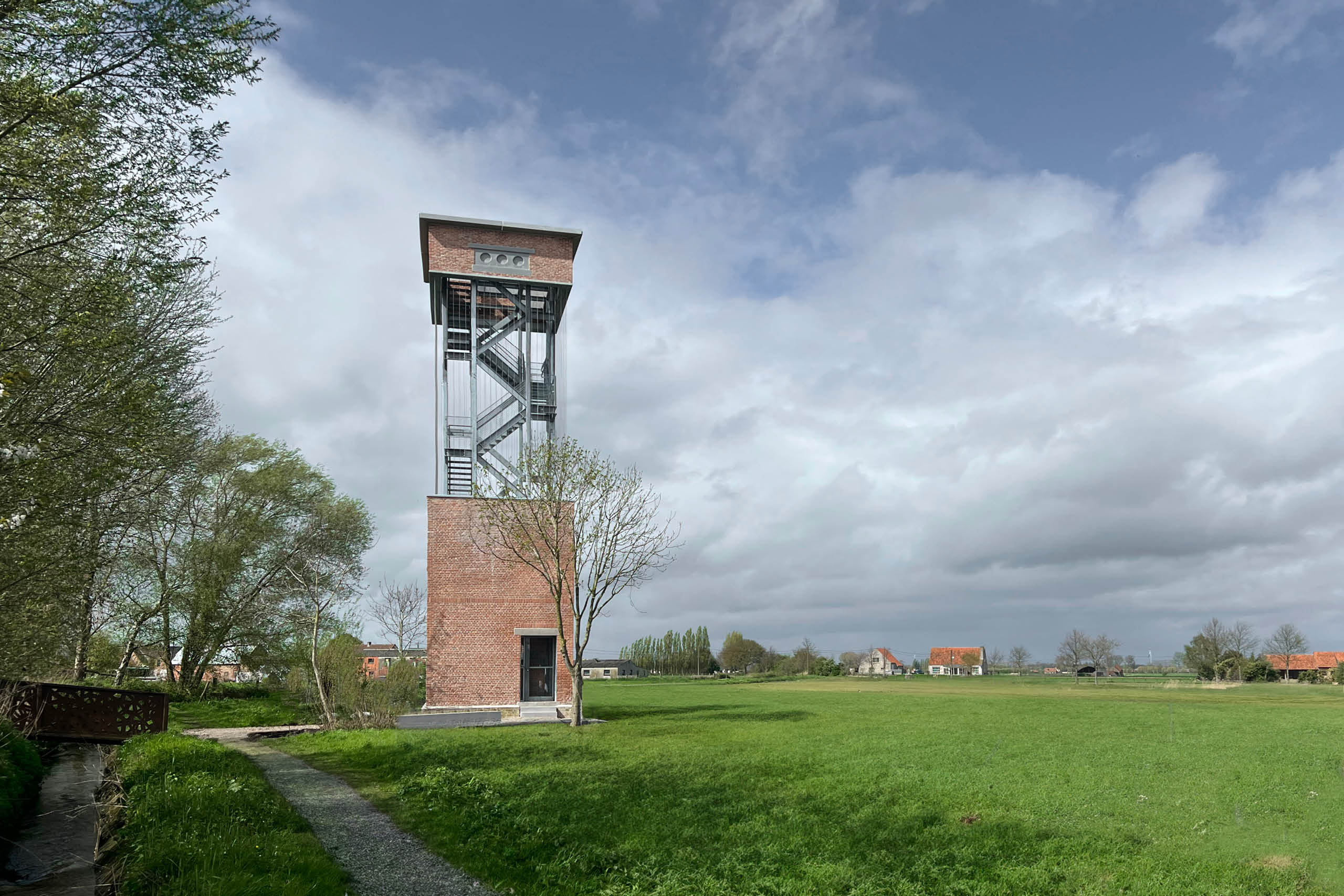
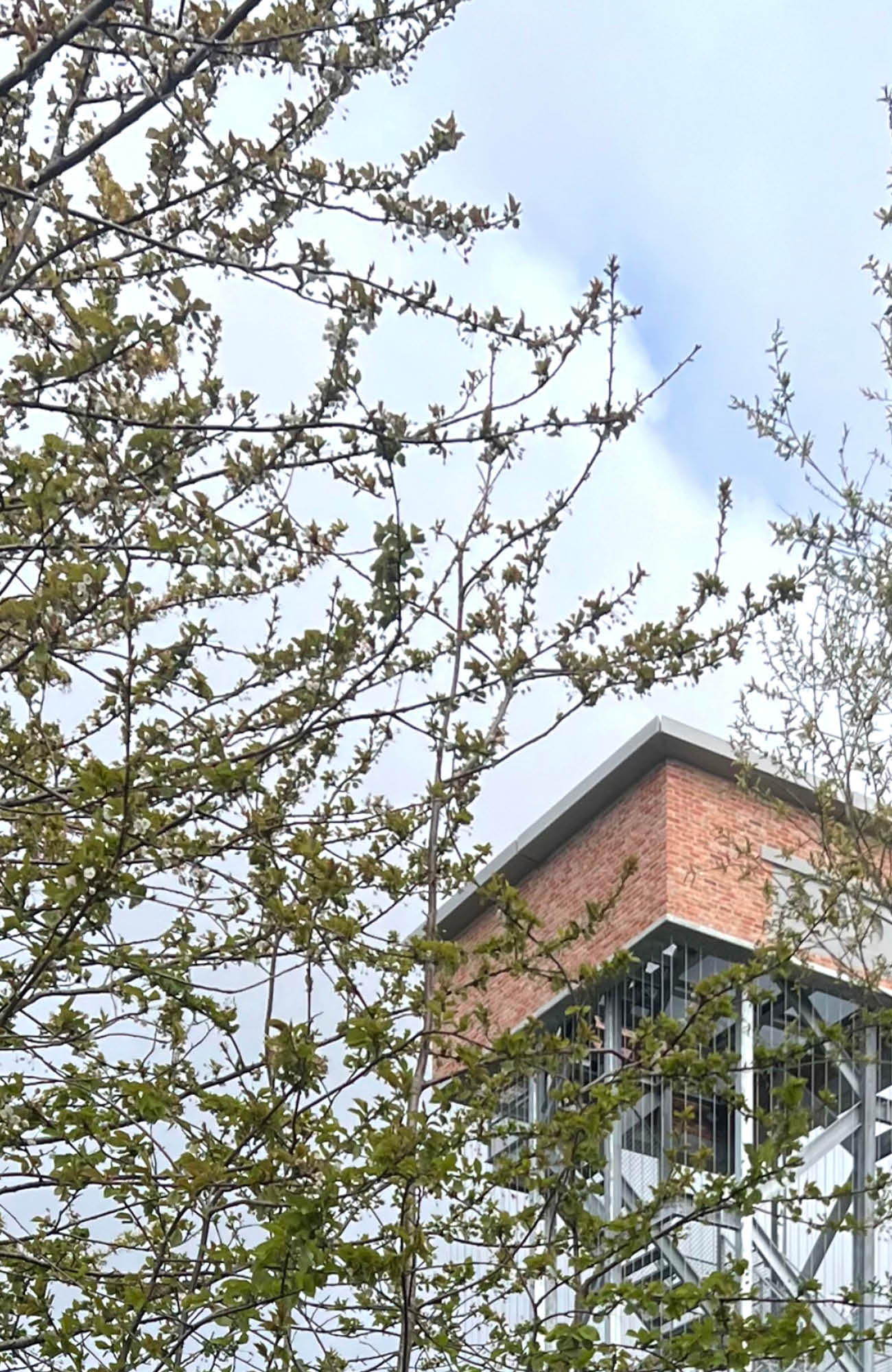
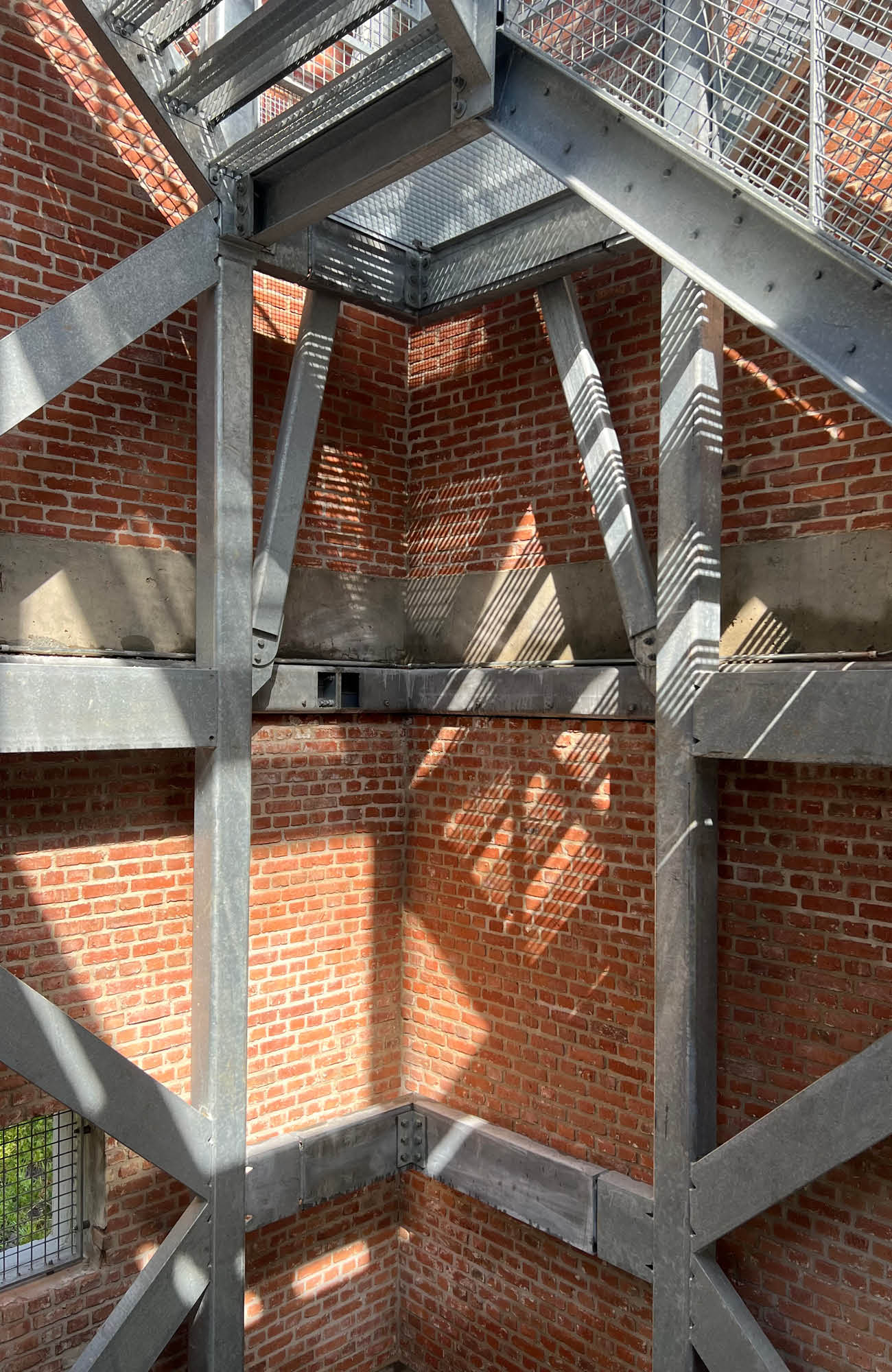
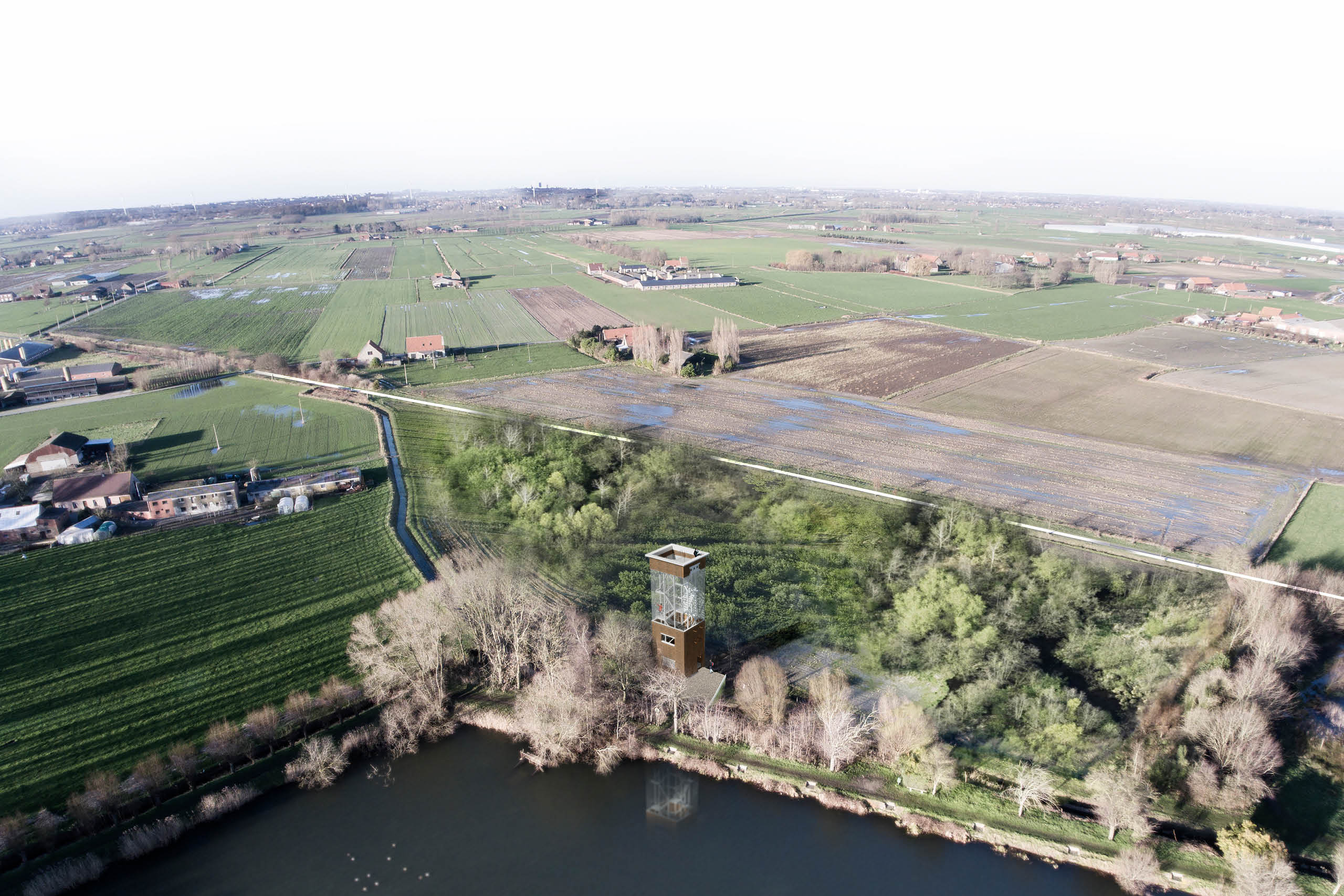
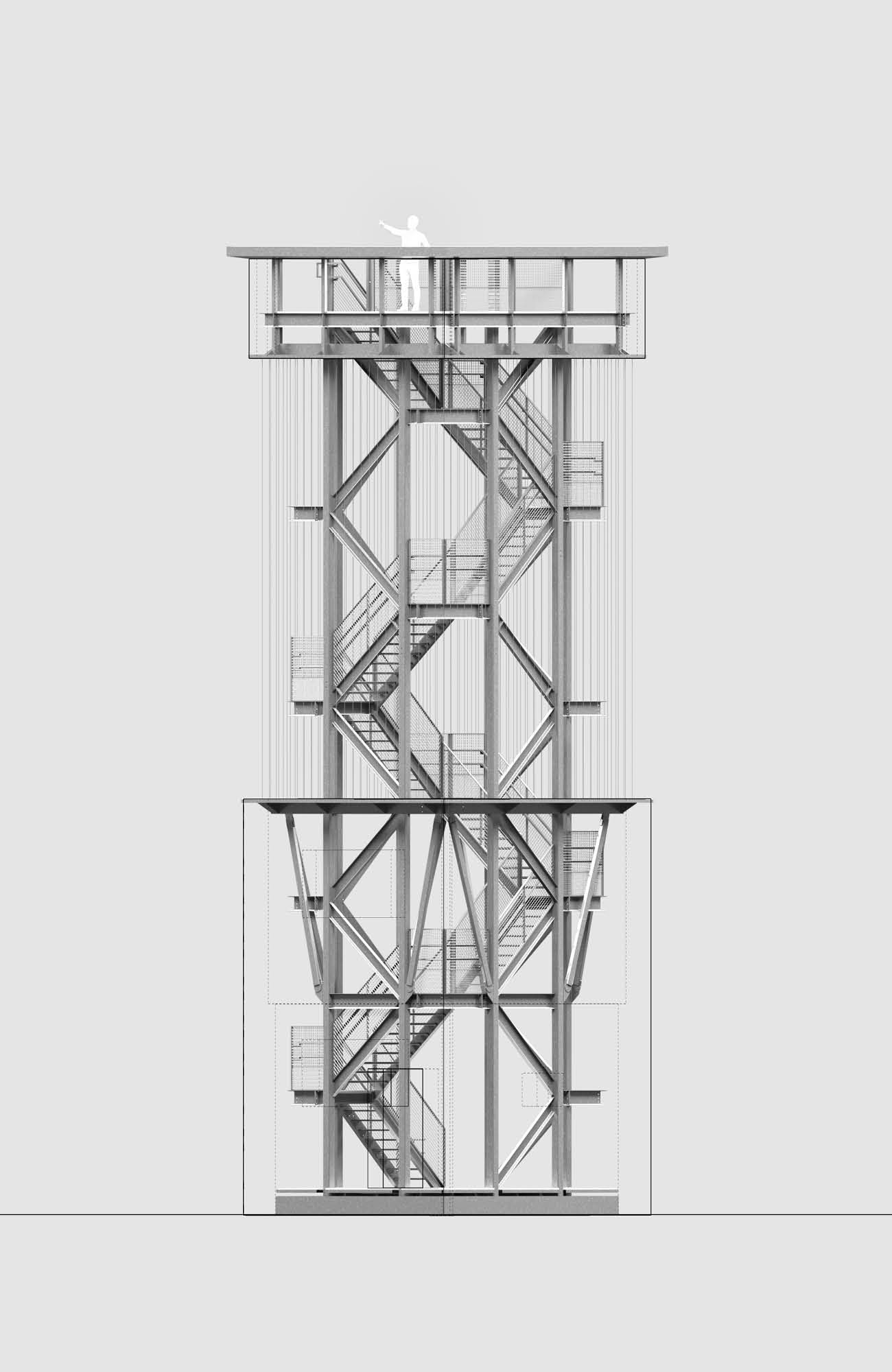
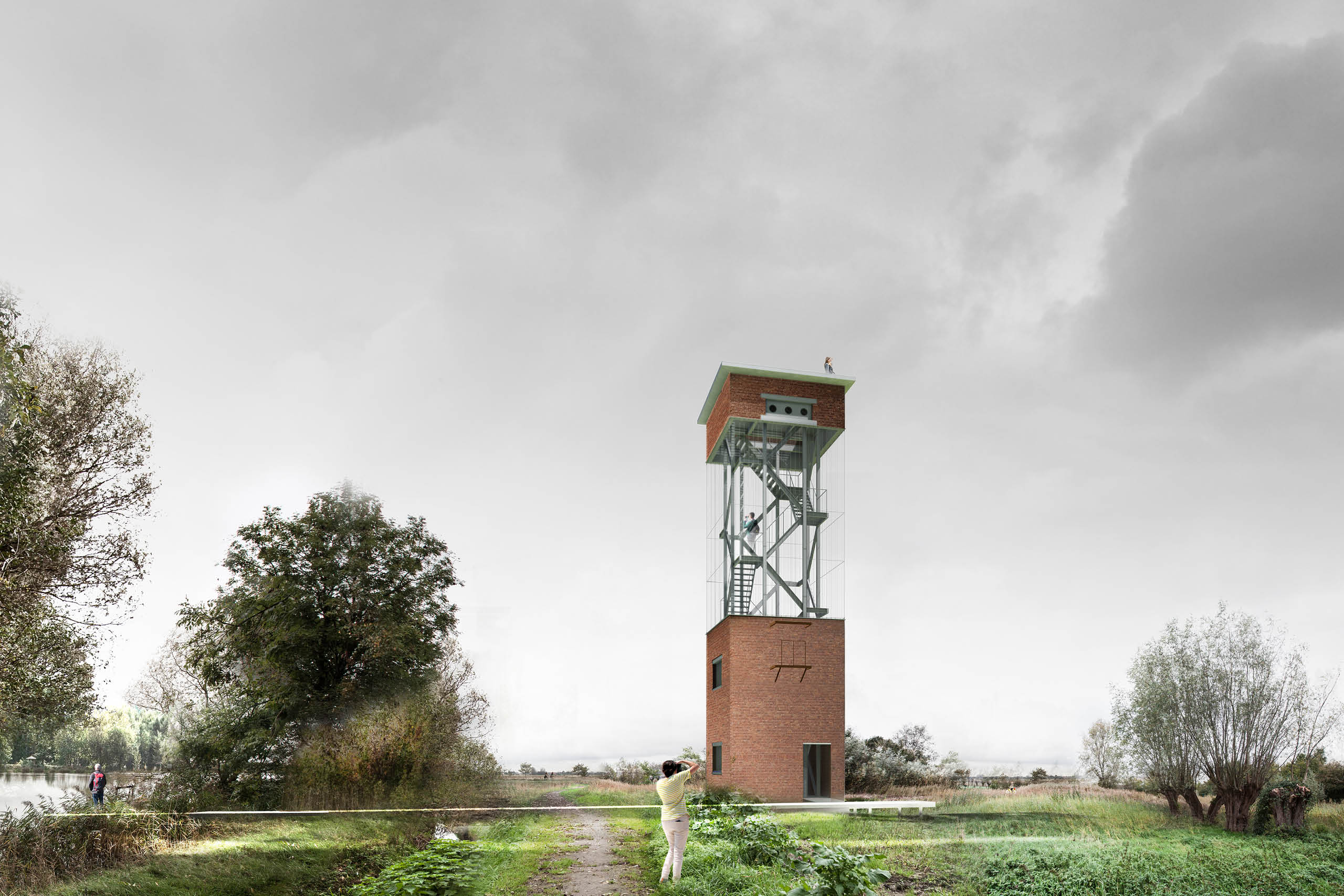
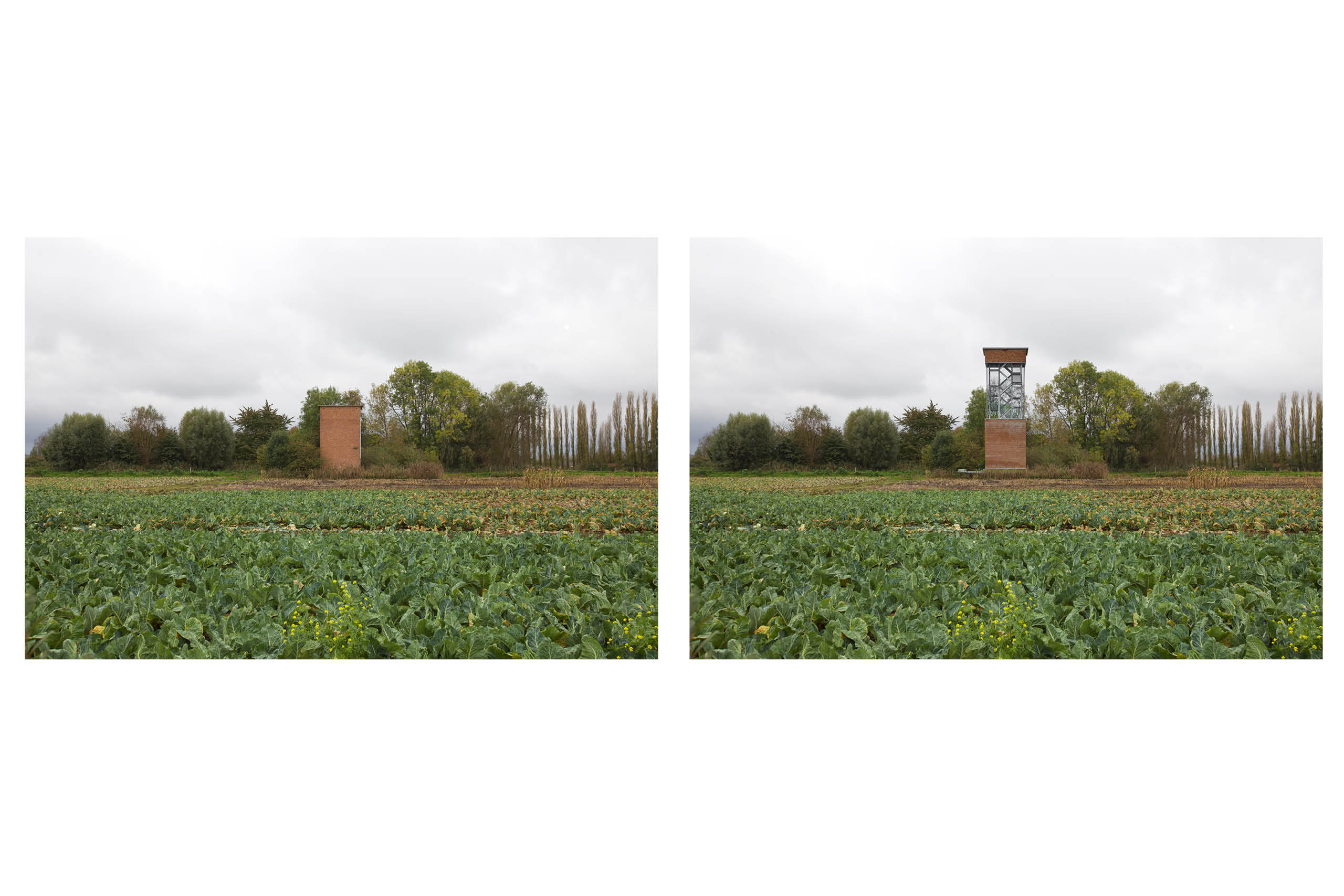
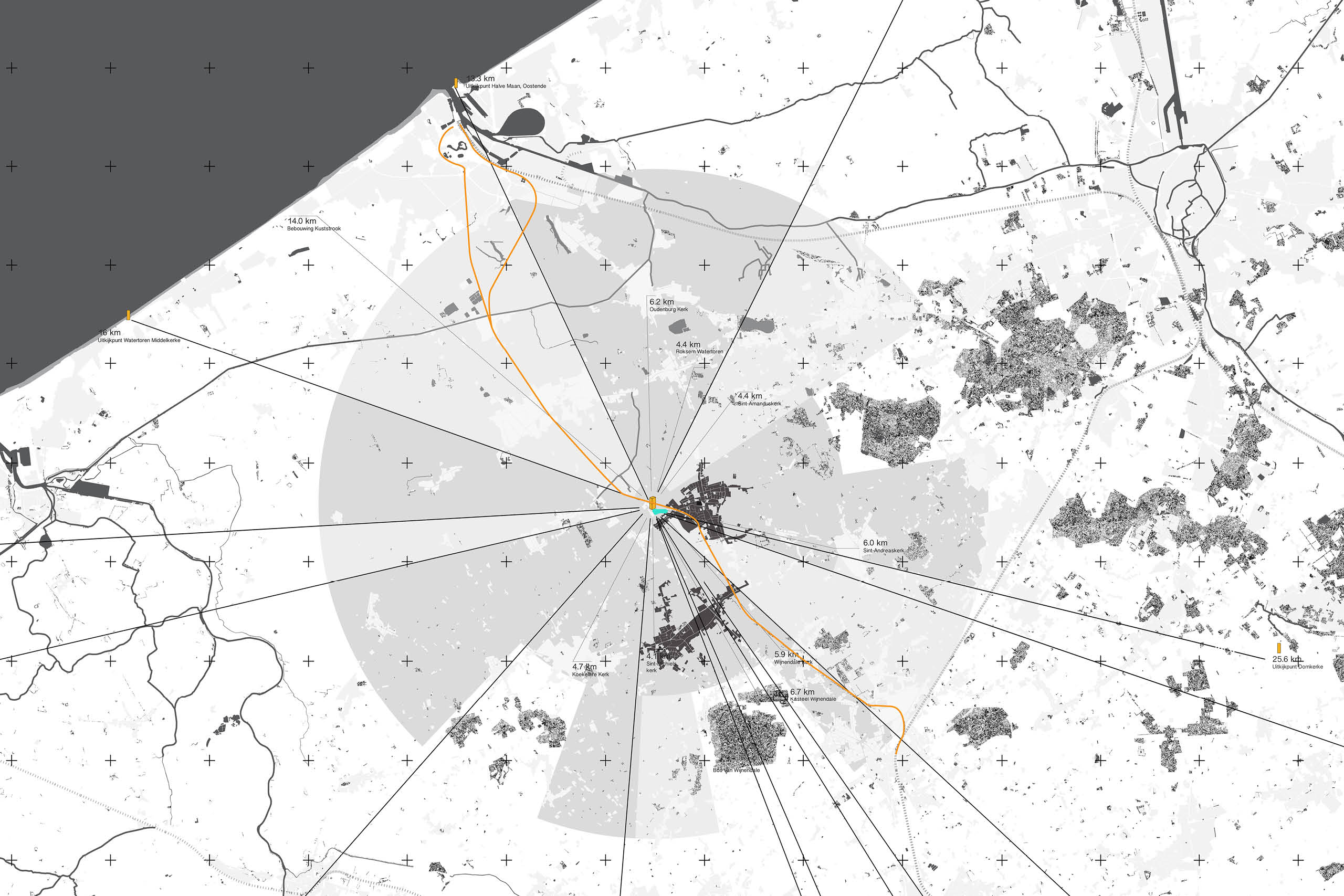
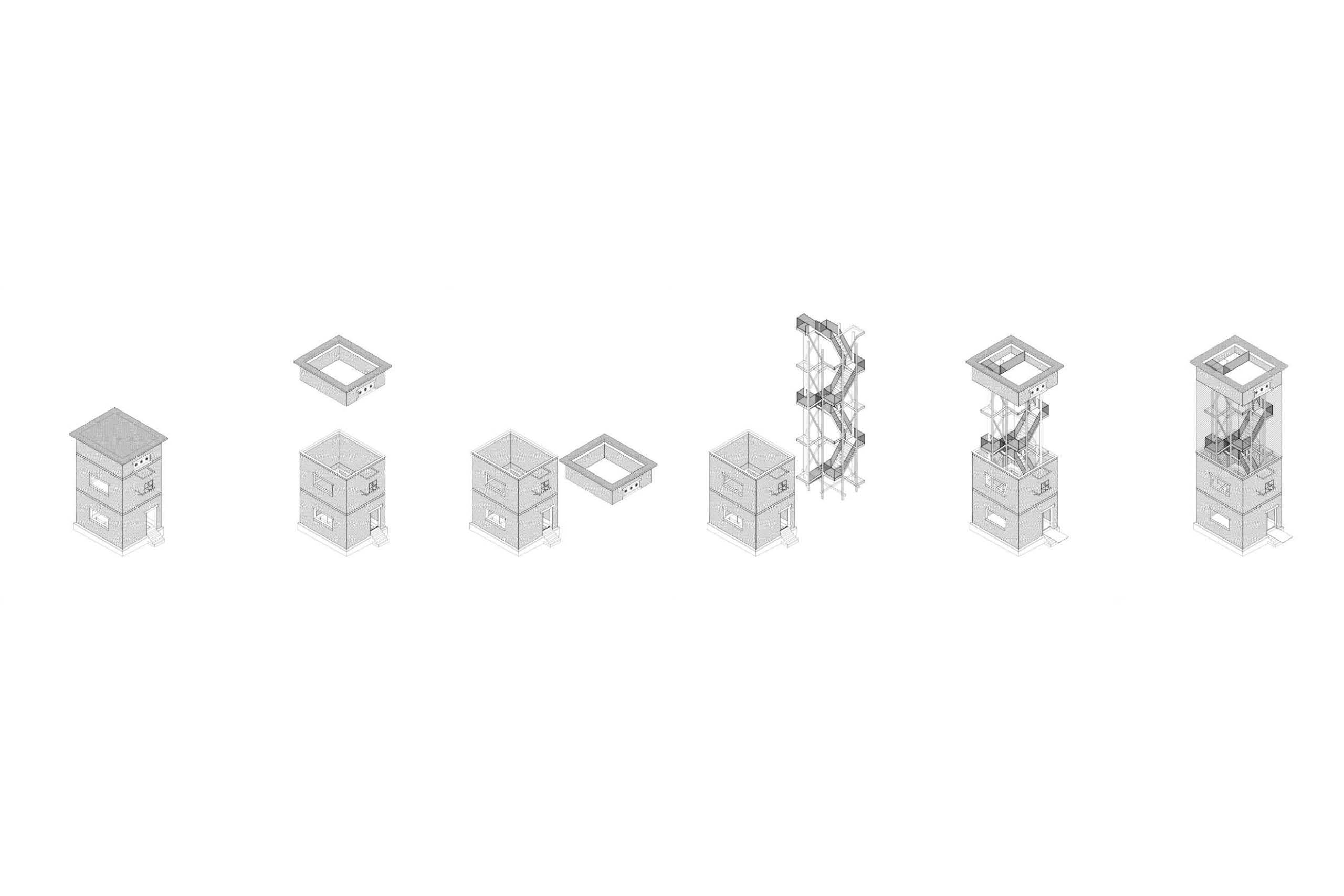

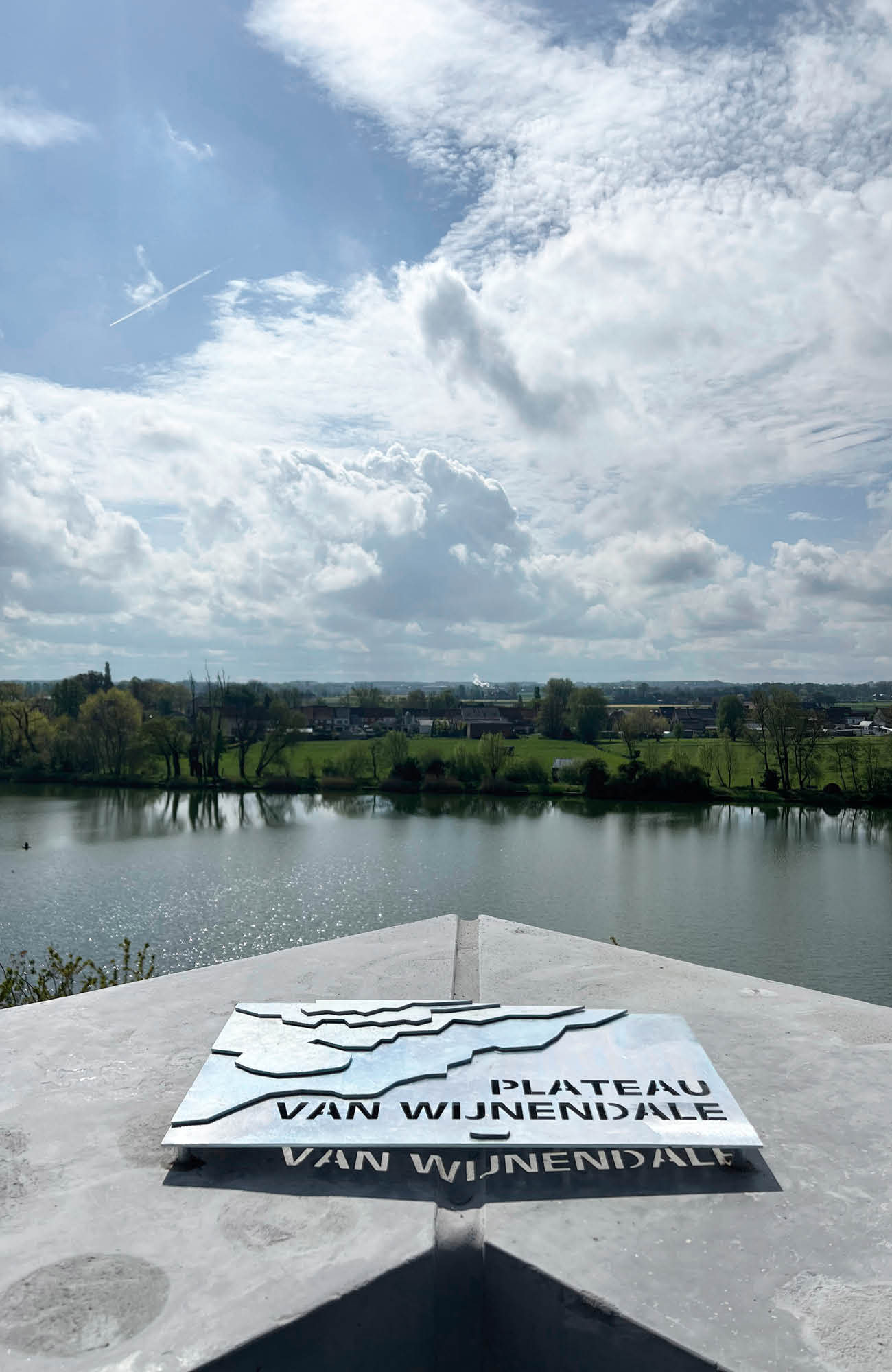

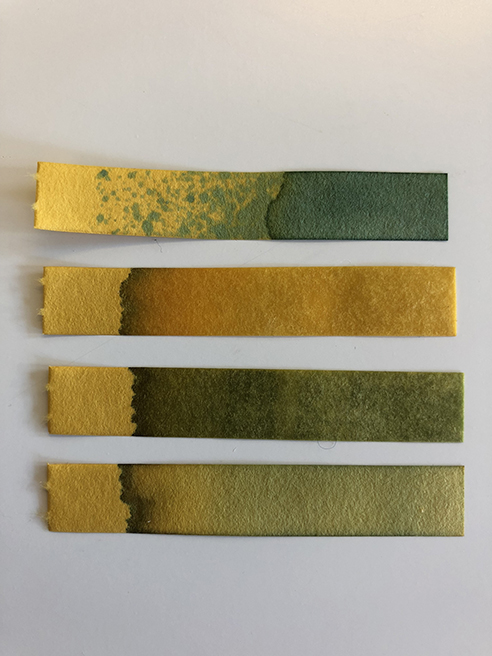
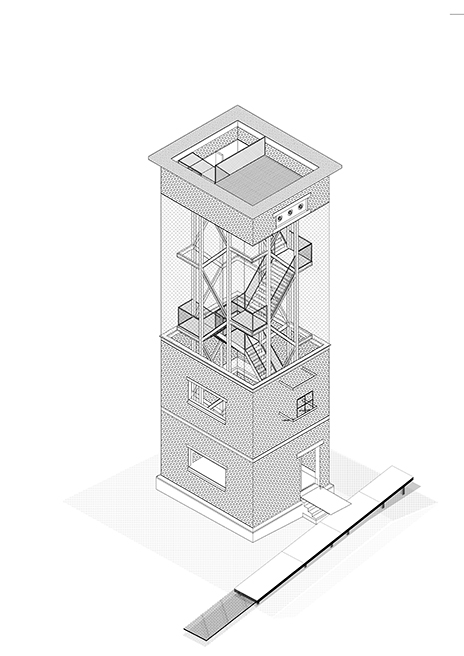
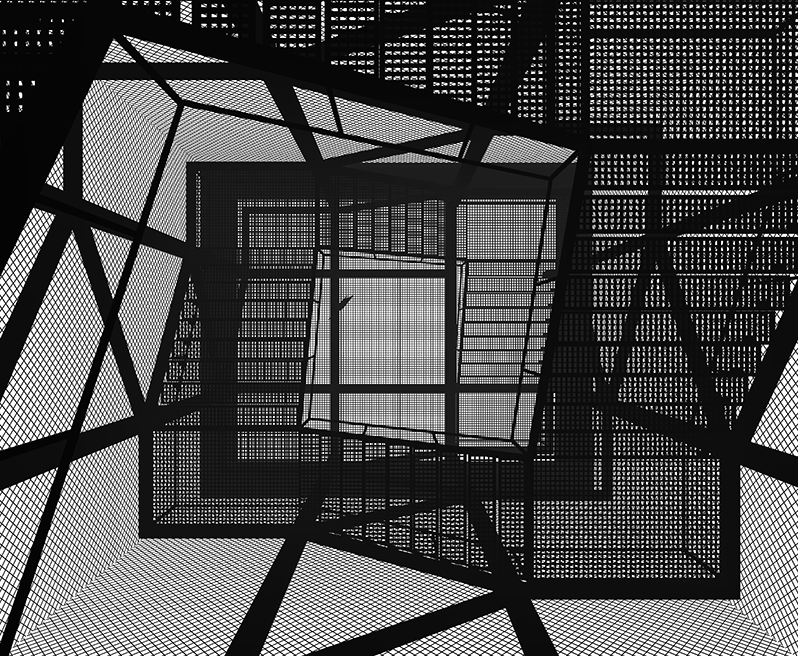

Pompentoren, Ichtegem
The Pompentoren has been transformed into a lookout tower, where architecture, landscape, and water history converge.
read more


































Pompentoren, Ichtegem
Scope: Winning tender, Preliminary design, Technical design and supervisor during construction.
Partners: Studio Pallesh, Bureau Bouwtechniek, BAS bvba
Client: Flemish Government Architect, Municipality of Ichtegem
Year: 2018 – 2024
Photos: Milad Pallesh
The Pompentoren is a former pump tower located in rural Belgium, a unique building within a striking landscape, showcasing a special connection between architecture and nature. Centrally located within the Horizon 2025 Project, the Pompentoren forms the heart of this larger initiative. The project aims to create a network of landscape lookout towers to enhance the appeal of four key tourist regions in Belgium. The original Pompentoren fell into disuse in 1986, but with its transformation into a lookout tower, the focus is on preserving its story, identity, and elegance—now a destination on the recreational cycle route G62.
Once forgotten and hidden, the goal of the transformation was to turn the tower into a landmark and lookout point along the former railway line, now the G62, which runs through West Flanders. The historical function of the Pompentoren and its development tells a fascinating story of the interplay between architecture, landscape, and engineering. This small tower played a large role within the surrounding landscape, and the transformation seeks to translate its past function into its future purpose.
SALT AND FRESH WATER
Architecture, landscape, and engineering converge at the Pompentoren in Eernegem. In the 19th century, a railway line was built between Torhout and Ostend. The steam locomotives running along this line could not use the salty, calcareous water found near Ostend, the final stop on Line 62. As a result, an alternative water source was established in Eernegem, where the fresh, low-lime water was more suitable for the locomotives. To supply sufficient fresh water, a reservoir was excavated in 1870, and the pump tower was built to send the water via a 16-kilometer pipeline to Ostend. When steam locomotives were phased out, the Pompentoren was no longer needed and was forgotten.
The story of this infrastructure became the key inspiration for the new lookout tower. The former pump tower was divided into two parts. The lower section was refurbished and remains connected to the immediate landscape, linking to the reservoir and path for G62 visitors. This section offers views and stories of the fresh water and the landscape it shaped. The upper portion of the tower was elevated, connecting it to the broader, saltwater landscape—with views of the coast and the route the water took. The connection between fresh and saltwater is symbolized by a steel structure that spirals upwards to the top of the tower.
BUILT AS A PUMP TOWER
The design uses the story and materialisation of the original tower as its starting point, preserving the old structure and giving it new life while respecting its heritage. Though the Pompentoren has limited historical and monumental value, it holds significant emotional value as a landmark in the landscape. Centrally located in a rural environment, the focus was on restoring both its narrative and its physical structure. Considerable time and effort were devoted to restoring the original brickwork of the tower.
USED AS A LOOKOUT TOWER
In transforming the tower into a lookout point, no additional volume was added, nor was anything built on top of the existing structure. Instead, the existing tower was fully integrated into its new function. The characteristic appearance and architecture were preserved, and through a simple yet radical intervention, the tower was lifted to become the new lookout point. The top section was disconnected from the bottom, with a transparent structure added in the middle, creating a viewing platform at the top. The previously closed, introverted Pompentoren has taken on a lighter and more expressive character; the viewing platform appears to defy gravity, while the tower’s transparency invites a dialogue with the surrounding landscape.
The Pompentoren lookout tower emphasises and tells the story of past engineering ingenuity, reinterpreted with modern techniques. It strikes a balance between preservation and innovation, connecting the historical significance of water and landscape to the recreational landscape of today.
